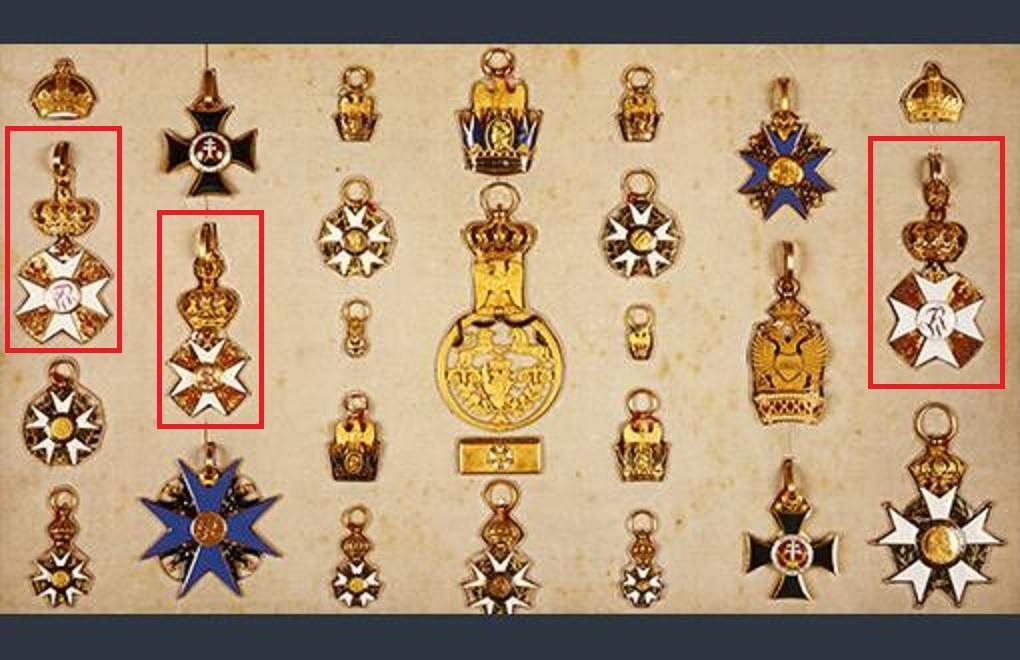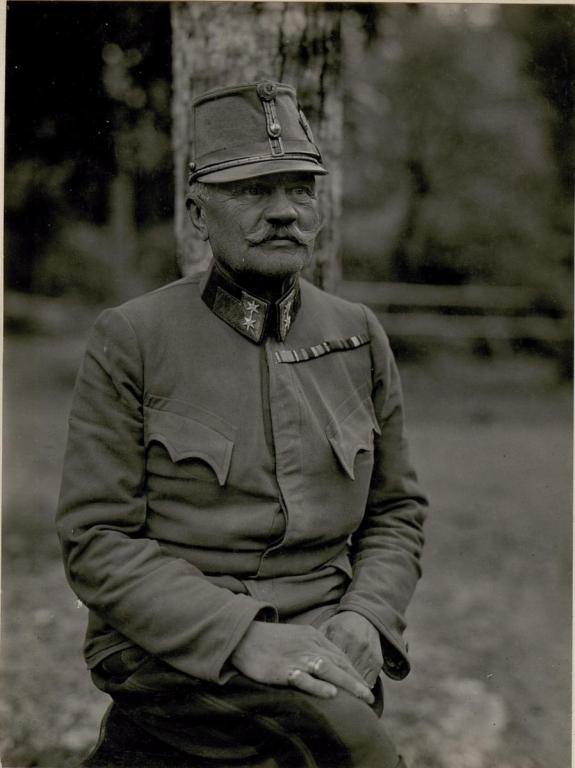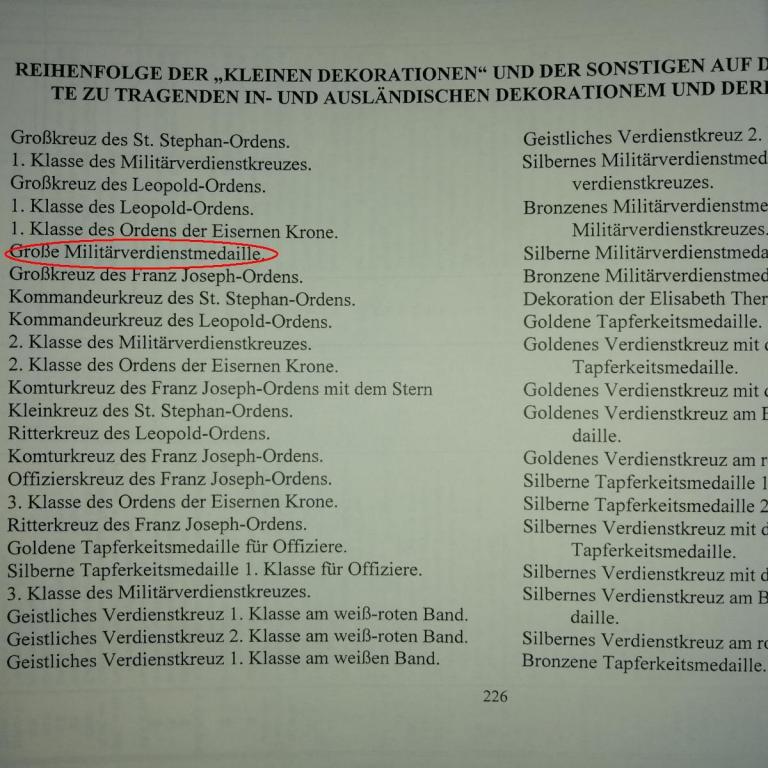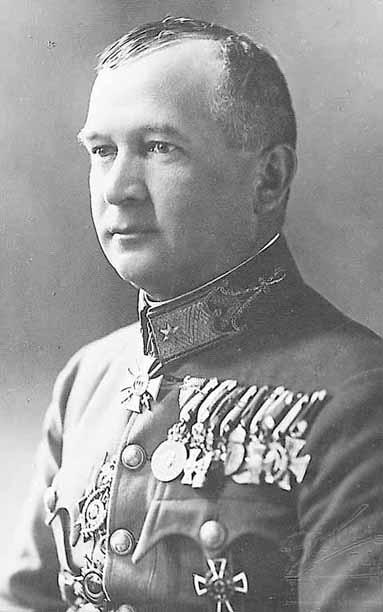-
Posts
684 -
Joined
-
Last visited
-
Days Won
3
Content Type
Profiles
Forums
Blogs
Gallery
Events
Store
Everything posted by Lukasz Gaszewski
-
Since nobody (except jcwater) has, I will try to help. PLA ribbon racks convey basically two kinds of information: the wearer’s position in the level of command and the number of years served. With the level of command it is quite simple. It is denoted by the ribbon bar located centrally in the upper row. Each level is represented by a color: light green – platoon, light blue – company, medium blue – battalion, purple – regiment, red – division, khaki – army corps, orange – military region, lemon – CMC (Central Military Committee – the highest PLA’s commanding body). The function held is denoted by stars: one star – deputy commander, two stars – full commander, except the platoon level, where there are no deputies, so one star denotes a full commander, and except CMC, where both the deputy chairmen and the members wear a gold star inside a wreath (the function of the chairman is reserved for the Secretary General of CCP). With the length of service the things are a bit more complicated. There are six types of ribbons to indicate the years of service: green with a red stripe edged in yellow – 1 year, dark blue with two white stripes – 2 years, beige with three red stripes – 3 years, gray with four yellow stripes – 4 years, five-color – 5 years, ten-color – 10 years. The ribbons for the years 6 through 9, as well as for 20 through 60 that are shown on the pictures have been designed but are not used. In order to calculate the total length of service you just need to count all the years of service represented by particular ribbons. The plain light gray ribbon does not carry any information and is used only to keep three bars per row. The pictures provided by jcwaters explain all this in Chinese. In your example, the rack indicates a deputy divisional commander (one star on the red background) with the total of 24 years of service (1 + 2 + 3 + 4 + 5 + 1 + 2 + 3 + 1 + 2). The rank of a senior colonel seems quite typical for a post like that. I hope it helped a little. Regards, Lukasz
- 4 replies
-
- chinese peoples liberation army
- pla
-
(and 1 more)
Tagged with:
-
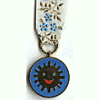
3 Polish Ribbon Bars
Lukasz Gaszewski replied to Nicolas7507's topic in Central & Eastern European States
Nicolas, nice acquisitions, congratulations! A few remarks on these ribbon bars, if I may. I think only #2 is original. #1 would be perfectly OK, if not that Medal for Merit on the Field of Glory. It is difficult for me to imagine someone awarded with it and not having any commemorative medals for WWII. Even assuming the medal was conferred not for WWII, but for fighting the anticommunist resistance right after the war, the ribbon bar should certainly have more items. Besides, it does not have any traces of wearing. Just a modern copy for collectors. #3 is a kind of play with the ribbons, although the initial ones are arranged in the (almost) correct order. #2 seems original. It comes from the 2nd half of 1980s and belonged most probably to a military in the rank from major to colonel who started his career in the 2nd half of 1950s. Your identification of particular ribbons is perfect! The before last ribbon is of the Honorary Decoration for Merit to the Poznan Voievodship. The decoration itself did not have a ribbon, but a bar like this could be worn on a uniform. The preceding ribbon is of the gold Country Defense League Decoration, rather than medal. It had the same colours, but was visibly narrower. Congratulations again, Lukasz- 1 reply
-
1
-
Hello! This time I am looking for information regarding a special class of the Prussian Red Eagle Order. It is occasionally seen as a neck decoration on some early post-Napoleonic portraits. I have been lucky to find the preserved items that used to belong to Jean-Jacques-Régis de Cambacérès (today in the collections of the Musée de la Légion d’honneur - sorry, no better resolution). Still, practically no information about this particular class is available. It seems it also served as a model for the class of the Grand Cross in 1861. If somebody could supply information of when exactly this class was added to the order, what its official name is and who it was intended for, I would owe a lot. A better quality photo would be great, too. Thanks.
-

MTO for Kronprinz Friedrich Wilhelm
Lukasz Gaszewski replied to Lukasz Gaszewski's topic in Austro-Hungarian Empire
Thank you very much, Christian. That was exactly what I needed. Best, Lukasz -
Respected fellow-members, I hope it is the right section to ask. Would somebody who has access to the recipients' list be kind enough to check when exactly the Prussian Kronprinz Friedrich Wilhelm (later on King and Emperor Friedrich III) received his MTO? I believe it was ca. 1871, but I get to prove this. Thanks.
-

Virtuti Militari identification
Lukasz Gaszewski replied to nickstrenk's topic in Central & Eastern European States
A contemporary replica, modelled on the 1919 type. Most originals had the award number on reverse. The ribbon is new as well. Original ribbons were in a deeper shade of blue and narrower (ca. 35 mm). Bet this one is ca. 40 mm. wide. -
To refresh the topic a bit... Does anybody know when exactly the Kronprinz received all his Pour le merite orders? I am especially interested in the Grand Cross. In different sources I found either 1866 or 1873. As far as I could recall it was already after the Franco-Prussian War. Not to mention that nobody gave the daily date. Thanks for the response.
-
The medals are as follows: Order of St. George 4th Class Gold Medal for the Liberation of Peasants Medal for the Crimean War Medal for the Subjugation of Western Caucasus Wuerttemberg Order of Military Merit 3rd Class Hohenzollern Medal for 1848-49 Prussian Cross for 25 Years of Service for Officers Austro-Hungarian War Medal Austro-Hungarian Decoration for 25 Years of Service for Officers BTW: the sash on Alexander's BW photo is not of the Order of St. Andrew (it should be worn over the right shoulder) but of another order, probably the Prussian Order of the Black Eagle. The number of decorations from German-speaking countries worn by the emperor is indeed remarkable.
-
Hi, I am looking for information about FML Marzell Lawrowski von Plöcken (1856-1927). I am particularly interested if there is any record that he received the Prussian Kronenorden 2nd Class or the Russian Order of St. Anne 3rd Class prior to WWI. I will owe for any information. Lukasz
-

Austrian collar stars
Lukasz Gaszewski replied to Lukasz Gaszewski's topic in Austro-Hungarian Empire
Christian, having a second look at the portrait I am getting more and more convinced the stars were added later. the background colour thereunder is visibly brigher than elsewhere, as if the painter had to put some backround paint before adding them. Thank you again for your assistance. It was most helpful. Regards, Lukasz -
In the 18th century wearing a few sashes at the same time was a common practice, which did not always give a good visual output, especially when some sashes were worn through the left and the other through the right shoulder. So it soon came into practice that in case of lesser or foreign orders their insignia moved up and were worn (sometimes in reduced size) as neck decorations, without the accompanying stars. With the Russian orders of St. George, St. Vladimir and (partly) St. Anne a different practice was adopted. I am not sure if it was the first instance of such a manner of wearing in the world, however in 1797 Emperor Paul I issued a decree about Russian orders, which with some alterations survived until 1917. It was stated that the sashes of the above orders should be worn under the uniform tunic (except special occasions like order holidays), so that only the sash bow and order badge would be seen. That was pretty easy to do with the short Prussian-style tunics and tailcoat-style tunics, but when they were replaced by longer frock-coat uniforms, the thing became quite difficult to accomplish. So they started using a waist slot through which the sash was drawn outside. I think most of the uniforms on the photos above has a slot like that, although some may utilize a more convenient way of a sash stripe attached directly to the tunic. There are evidently earlier examples of that manner of wearing than from 1860s. Below there are Dawe's portraits of Kutuzov, Barcalay de Tolly and the Duke of Wellington from the Gallery of 1812 Year at the Winter Palace, with the order of St. George protruding from under their tunics. As it can be seen above, the way of showing only the end of a sash soon became popular in other countries as well, and not only with the Russian orders.
-

Austrian collar stars
Lukasz Gaszewski replied to Lukasz Gaszewski's topic in Austro-Hungarian Empire
Christian, the information was most helpful, thank you very much! I knew that collar stars were in use since 1849, but I did not know the exact date of institution. I had no idea that Radetzky had them introduced a year earlier. The reason why I was asking was as follows: in the miniatures room of the Castle Museum in Pszczyna (http://www.zamek-pszczyna.pl/english/The_Miniatures_Room) is a portrait of then Rittmeister (later Generalmajor) Alexander Graf zu Pappenheim, a Bavarian aristocrat in Austrian military service. He is known of being a friend of an eminent Polish painter, Artur Grottger. The portrait was made by painter Franciszek Tepa when Pappenheim was serving at a garrison in Lemberg. What surprised me most was that the painting was dated to 1847 and according to my previous knowledge, collar stars were not yet used then. Now, with the information you have kindly provided, there are three possibilities, I think: 1) the miniature was made exactly between August 1848 (introduction of collar stars) and December 1848 (abdication of Emperor Ferdinand). Note that the the cypher "FI" (Ferdinand I) on Pappenheim's shako Kokarde clearly points to the fact that the portrait was painted during Ferdinand's reign; 2) the portrait was made indeed in 1847 and the stars were added later; 3) (least likely) collar stars in the Lemberg garrison were used as early as in 1847. I also had certain doubts of whether Pappenheim was wearing a uniform of an Austrian cavalry officer of 1847. Regards, Lukasz -
A strange question perhaps, but does anybody know when exactly the system of collar stars denoting military rank was introduced in the Austrian army? Thanks in advance, Lukasz
-

Austrian ribbon bar with golden bar and swords
Lukasz Gaszewski replied to hoh1851's topic in Austro-Hungarian Empire
Coming back to the first bar, which was kind of left alone, it can be said it was certainly the Bundesstaat issue, from between 1934 and 1938. There is the ribbon of the renewed Militärdienstzeichen of 1934 (not to mention the Kriegserinnerungsmedaille of 1932 and Hungarian Haborús Emlékérem of 1929). The mounting is without doubt the pre-Anschluss type. -

Austrian ribbon bar with golden bar and swords
Lukasz Gaszewski replied to hoh1851's topic in Austro-Hungarian Empire
I did not mean to say the ribbon bar would belong to Pokorny. It was just an example of GMVM being worn before LO-R. Interesting is the lack of the Order of the Iron Crown 3rd Class on the ribbon bar, which may suggest that the recipient was awarded with a higher class. -

Austrian ribbon bar with golden bar and swords
Lukasz Gaszewski replied to hoh1851's topic in Austro-Hungarian Empire
I absolutely agree. And you do not need to look far... Hermann Pokorny (already as a Hungarian general) with GMVM before the Order of Leopold. -
Looks interesting...
-
Absolutely agree! All these items are quite easy to get collected. I think the ribbon mounting of the left part (the Austro-Hungarian items - post-Anschluss remount) can be original, albeit enhanced/spoiled by adding the three final items. Just look at the diffent ribbon mounting. Yes, it should. And the Austrian Kriegserinnerungsmedaille should go right after the Hindenburg Cross.
-
It is the Tarbiyat Badani (تربیت بدنی) or physical education decoration, awarded for achievements in sports and PE. A fairly popular badge of the Pahlavi era.


